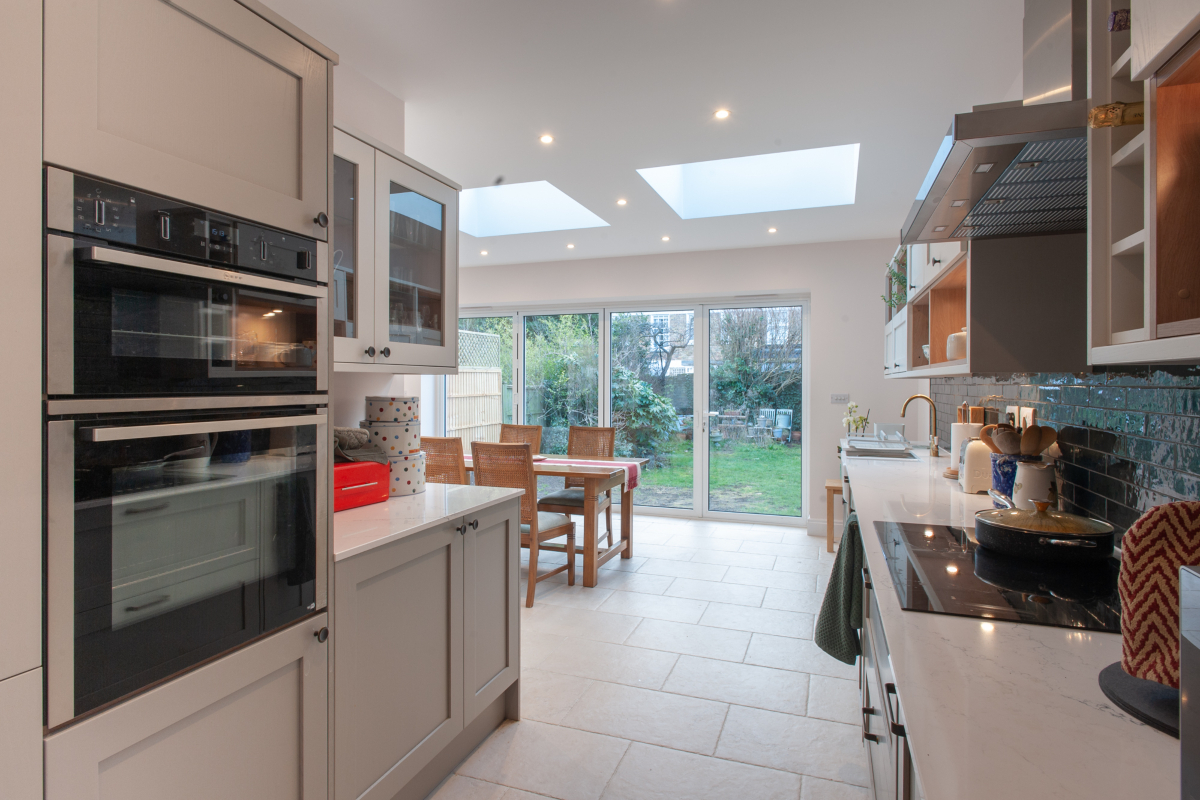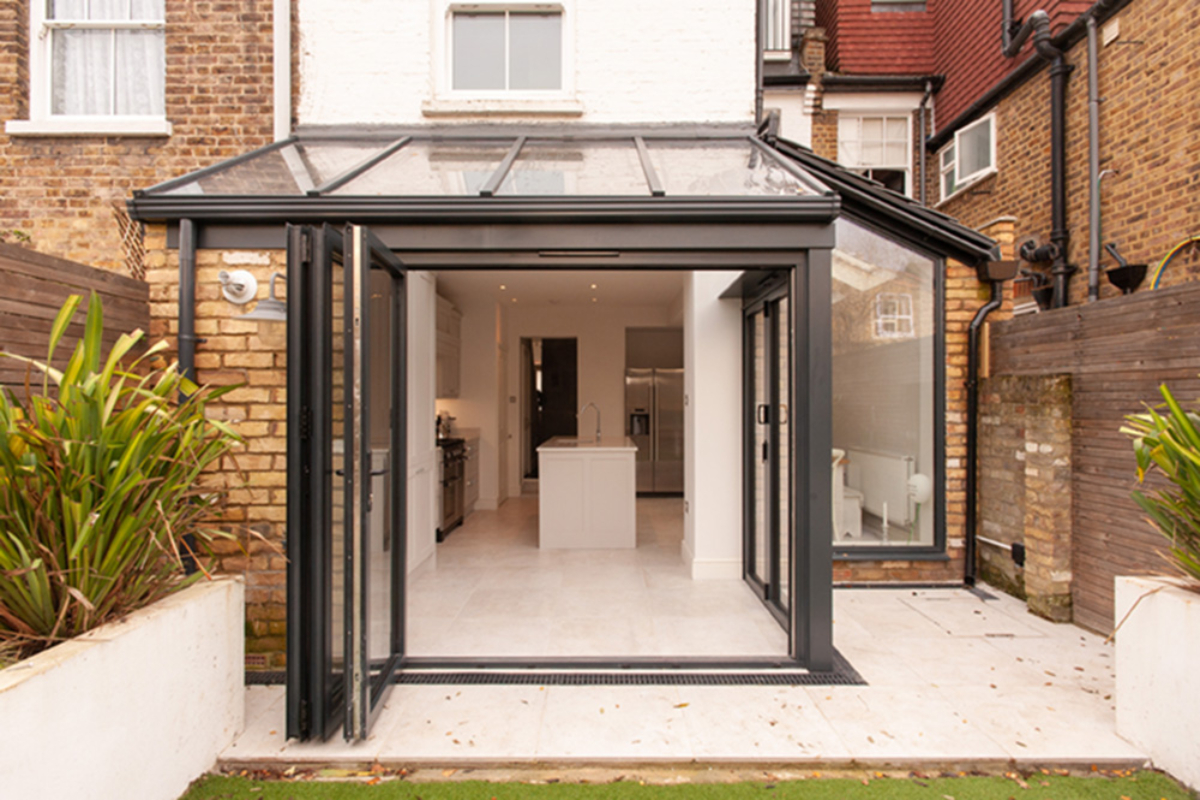Sustainability and environmental awareness have never been as important to homeowners as they are right now. This makes sustainability a crucial part of any construction process or conversation, particularly in the selection of materials. And since the best place to start is generally from the ground up, flooring becomes a key factor in the overall build process.
Fortunately, the options for eco-friendly, sustainable flooring are aplenty. And the only decision that needs to be made is choosing the right one.
So, what exactly should you look for when contemplating sustainable and eco-friendly flooring options? Here are some of the key considerations:
- The renewability and recyclability of the material
- Lifecycle and biodegradability
- Toxicity
- Durability
- Sourcing and manufacturing
- Cost
- Design
Simply put, when selecting sustainable flooring, it’s important to consider factors beyond the material itself, such as the manufacturing process, transportation, and installation. For example, choosing local suppliers can help reduce the environmental impact of transportation, thereby reducing the overall carbon footprint of the construction process.
As there are several types of sustainable flooring options available, each offering unique characteristics, it is essential to consider all the factors to ensure that your decision aligns with your needs as well as your eco-friendly principles.
The incredible benefits of sustainable flooring
The idea of using sustainable materials in home construction is now firmly established. It is no longer seen as a trend or a one-off concept. This is largely due to the numerous benefits that sustainable materials offer. Some of these incredible benefits include:
Reduced environmental impact
Naturally, one of the biggest advantages of sustainable flooring is how it contributes to environmental preservation and overall planet health.
Sustainable materials often come from renewable sources, helping to preserve natural (and finite) resources for future generations. The extraction, production, and transportation of these green materials are also less harmful to the environment in comparison to traditional construction materials.
Health and well-being
Sustainable materials are not only good for the health of the planet but are also extremely beneficial to the well-being of your family.
How? Sustainable flooring options, such as bamboo, cork, and certain recycled materials, tend to have lower or no volatile organic compound (VOC) emissions. This helps maintain better indoor air quality and reduces the risk of health issues associated with off-gassing.
Moreover, some sustainable flooring materials, like cork and natural wool carpets, have hypoallergenic properties, making them suitable for individuals with allergies or sensitivities.
Durability
For any construction project, the durability or longevity of the materials is a key consideration, as it impacts the economic value of the project as well as reducing the need for frequent repairs and replacements. Fortunately, many sustainable materials are resistant to wear, can withstand heavy foot traffic, and are more resilient to extreme climate changes, lending them longer lifespans than more traditional materials.
Reduced waste
As construction projects tend to create a large amount of waste, any process or material that helps reduce the load is a big positive!
Since most sustainable materials either use recycled materials or are recycled themselves, the use of these materials greatly minimises the environmental impact of construction while reducing the amount of waste in landfills.
Energy efficiency
Materials like cork and bamboo have natural thermal properties that contribute to better insulation, helping to regulate indoor temperatures and reduce energy consumption. This directly contributes to making your home more energy efficient while reducing energy bills and creating a more comfortable living environment.
Increased market value and appeal
For environmentally-conscious buyers, homes with sustainable features, including flooring, may have higher market value and appeal. In fact, using sustainable flooring can contribute to meeting green building standards, which can positively impact the property’s value.
Unique aesthetic
From recycled glass tiles to engineered timber floors, sustainable materials lend homes a truly special aesthetic that is beautiful, striking, and distinctive, allowing you the opportunity to create the ideal space that reflects your unique style.
Types of sustainable flooring
1. Bamboo
Bamboo is renowned as being one of the best materials for sustainable flooring. Why? Because it is a perfect example of a rapidly renewable resource, as it is harvested from one of the fastest-growing plants. It is also extremely durable, versatile, and available in a variety of styles.
And it doesn’t stop there! Bamboo is also relatively easy to maintain, cost-effective, and naturally resistant to pests and insects.
2. Cork
Renewable, recyclable, durable, and biodegradable, cork does it all. Harvested from the bark of cork oak trees, cork provides natural thermal insulation, is resilient, and is hypoallergenic.
3. Linoleum
Produced from natural materials like linseed oil, wood flour, and cork dust, linoleum is biodegradable, has low VOC emissions, and is available in a range of colours and patterns. Linoleum is also durable and suitable for high-traffic areas. Best of all? Linseed oil provides inherent resistance to microbes due to its natural anti-bacterial properties, contributing to a healthier indoor environment.
4. Wool
Wool carpets are a great option for sustainable flooring, as wool (sourced from sheep) is a natural, renewable resource that is also biodegradable and recyclable. Natural wool fibres are also stain-resistant, fire-retardant, hypoallergenic, and durable.
The softness and comfort wool carpets provide are simply the icing on the cake, making them the perfect fit for bedrooms and living areas.
5. Reclaimed wood
Salvaged from old buildings, barns, or other structures, reclaimed wood adds character and history to space, reduces demand for new timber, and promotes resource conservation.
6. Concrete
Known for its durability and longevity, concrete can be made from recycled content, and itself can be recycled and reused. Concrete floors may also be stained or polished to achieve different looks, making them suitable for a wide range of design styles from industrial to contemporary.
7. Natural stone
Natural stone, such as granite, marble, and limestone, is an incredibly versatile design option that lends a unique aesthetic to interiors. Extremely durable, requiring minimal maintenance, and not emitting any VOCs, natural stone is an ideal option for those seeking a cost-effective, long-term flooring solution. Using salvaged or reclaimed stone can further enhance the sustainability of the material.
8. Engineered hardwood
Like solid hardwood, engineered hardwood is known for its longevity, except it is much more affordable and sustainable, making it the perfect alternative. Constructed with a layer of real hardwood veneer on top of a base made of plywood, engineered hardwood is a resource-efficient option.
9. Recycled metal, glass, and rubber tiles
Produced from post-consumer or post-industrial recycled materials, metal, glass, and rubber tiles each provide unique and beautiful flooring options. While the design options for each type of tile are numerous, the best part of using them as a flooring material is the significant reduction in the need for raw materials and the reduction in the amount of waste created.
10. Terrazzo
Made with a mixture of materials such as glass, marble, or granite and often incorporating recycled content, terrazzo provides a unique and attractive flooring option. While its production itself is energy-efficient, terrazzo is also extremely durable and resistant to wear and tear, proving to be a long-lasting, sustainable flooring option.
There is no debate about it. Sustainable materials are essential for creating environmentally responsible, energy-efficient, and healthy living spaces. Luckily, with so many options available, homeowners are truly spoilt for choice.
Whether you prefer a timeless or rustic aesthetic or want a more simple and modern finish, sustainable flooring materials do more than simply enhance your interiors; they also help preserve the planet while creating stunning, stylish, and sustainable homes full of value and character.
For more ideas and inspiration on sustainable home construction, contact us at Good Design and Build, where we pride ourselves on offering you complete solutions, from design to build. See our recently completed projects, get inspired, and start your dream home journey with us today!




